Famous Black dolls like Francie, Addy, and Black Barbie paved the runway for Sasha—Bratz’s sassy, pouty-lipped “Bunny Boo,” who debuted alongside the four original dolls in 2001.
Created by Carter Bryant for MGA Entertainment, the 10-inch “passion for fashion” crew spun up catchy ad campaigns, a TV series, a 2007 live-action film, and a handful of video games.
In a mostly white, Barbie-dominated market, Bratz made diversity the point: fashion-forward Jade, known as Kool Kat, was East Asian; talented writer Yasmin, called Pretty Princess, was Latina and Middle Eastern; sporty Cloe, nicknamed Angel, was white; and Sasha, the music-loving, fiercely loyal Black best friend, kept the group grounded.
So when Bratz announced a crossover with Sanrio’s Hello Kitty—and only three of the four girls appeared in the promo—fans clocked the omission immediately.
The post was captioned:
“Childhood dreams really do come true 💗 Shop the new Bratz x Hello Kitty collection early on bratz.com now and receive an exclusive sticker sheet with every purchase of a Bratz x Hello Kitty doll! Limited quantities available 👄”
The emojis were cute. The lineup, not so much. Why? Sasha Fierce was nowhere to be seen.
You can view (and side eye) the announcement below:
Critics called the move racially tone-deaf, noting it echoed previous controversies tied to Sanrio.
On TikTok, user @gladpear summed up the frustration:
“This is not the first time an East Asian company has taken from Black culture while simultaneously excluding us from Black culture that they're using—our hair, our style, our music, our dances… They are always taking, but they don't want to see us in it. So no, I'm not surprised. This is typical.”
Others pointed out that MGA—the company behind Bratz—was just as responsible, given that the brand’s entire identity has always revolved around representation.
@gladpear put it bluntly:
“But I am surprised that MGA, or whoever they are that owns Bratz, how are you going to build your entire market off of celebrating diversity, having so many different diverse dolls that all types of girls can relate to—that being the main thing that separated you from Barbie?”
You can watch the TikTok below:
@gladpear her nickname is literally Bunny Boo. cmon now #bratz #sanrio #bratzdoll #hellokitty
For many fans, leaving Sasha out didn’t just feel like a marketing misstep; it echoed a long-standing pattern in the toy industry of sidelining characters of color—whether by burying them in limited editions, leaving them out of merch drops and media tie-ins, or quietly retiring them while their white counterparts stay front and center.
It was a reminder that representation in branding isn’t just about inclusion in the lineup—it’s about visibility in every campaign.
The backlash worked. After the outcry, Bratz and Sanrio confirmed that Sasha would be included in the Hello Kitty line—a quick reversal showing how powerfully fan feedback can move brands.
Bratz also issued a public statement acknowledging the mistake and attempting to clarify how it happened:
“We’ve heard your feedback about Sasha not being part of the Bratz x Hello Kitty collab. Sasha is forever a core Bratz girl. The lineup for this release was determined on the Bratz side.”
Translation: We messed up, not Sanrio.
They followed up with a pledge—and a promise:
“Our friends at Sanrio have been incredible partners throughout, and together we’re thrilled to share that Sasha is joining the collection… Your passion made it clear how much she meant to you all, and we’re excited to give her the spotlight she deserves.”
You can view the apology post here:
Some fans appreciated the apology. Others weren’t convinced—especially since the statement seemed to shift blame without explaining why the only Black Bratz girl was left out in the first place.
You can view the reactions below:






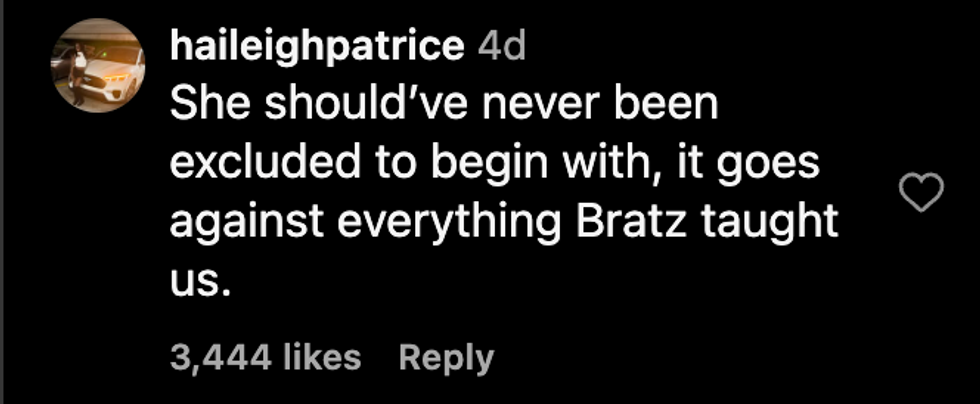
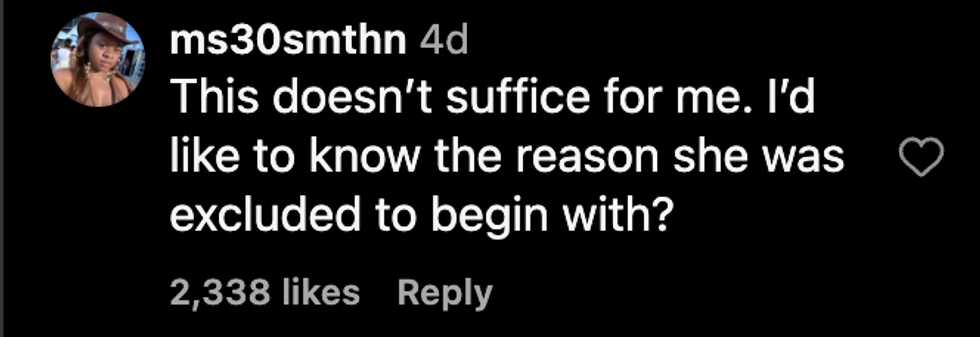
The Daily Dot reached out to Bratz through its online contact form and to Sanrio, the company behind Hello Kitty, via email, but neither has responded yet.
You see, representation in toys isn’t just about fashion or fandom—it influences how children perceive themselves and others.
When kids grow up playing with dolls that showcase a variety of skin tones, cultures, and identities, they understand that diversity is normal, not unusual. Excluding characters like Sasha doesn’t just eliminate a fan favorite—it subtly sends a message about whose stories matter.
So, ensuring that every child can find themselves on the shelf isn’t just good branding; it’s a step toward building empathy, confidence, and a more inclusive generation. In the end, diversity in toys isn’t political—it’s personal.
Now, if you’ll excuse me, I’ve got a Black Barbie with cute AF braids waiting for her turn in a vintage 1987 salon chair playset.

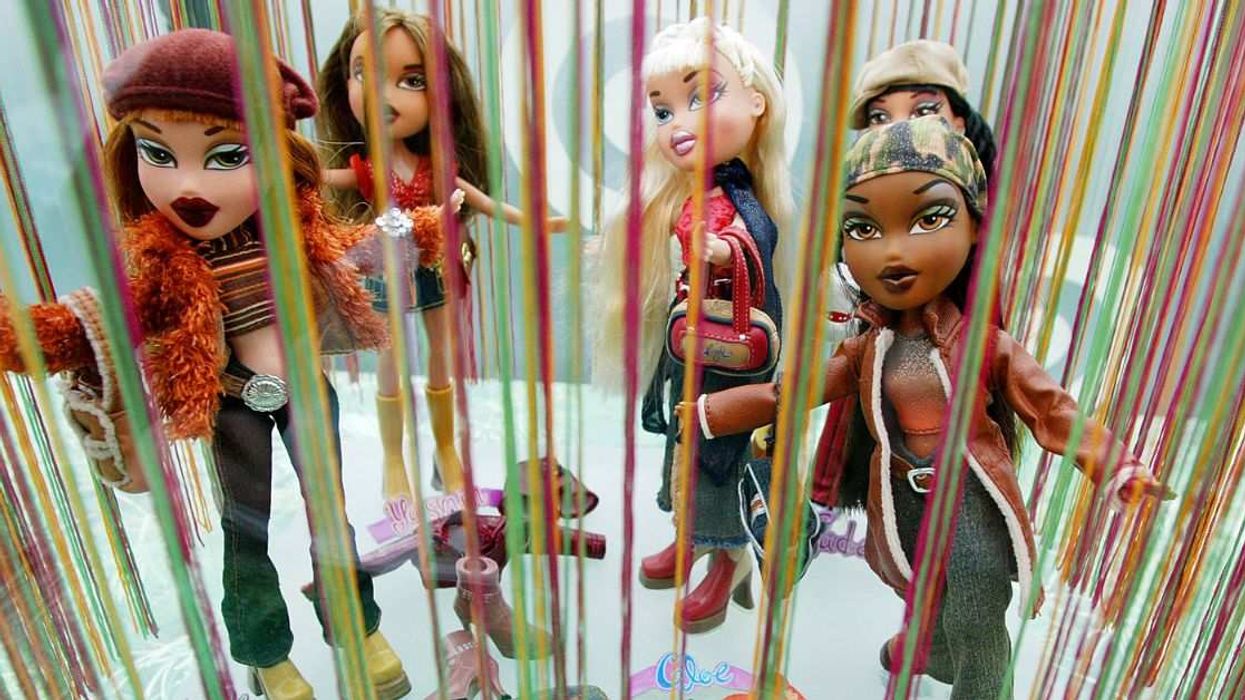

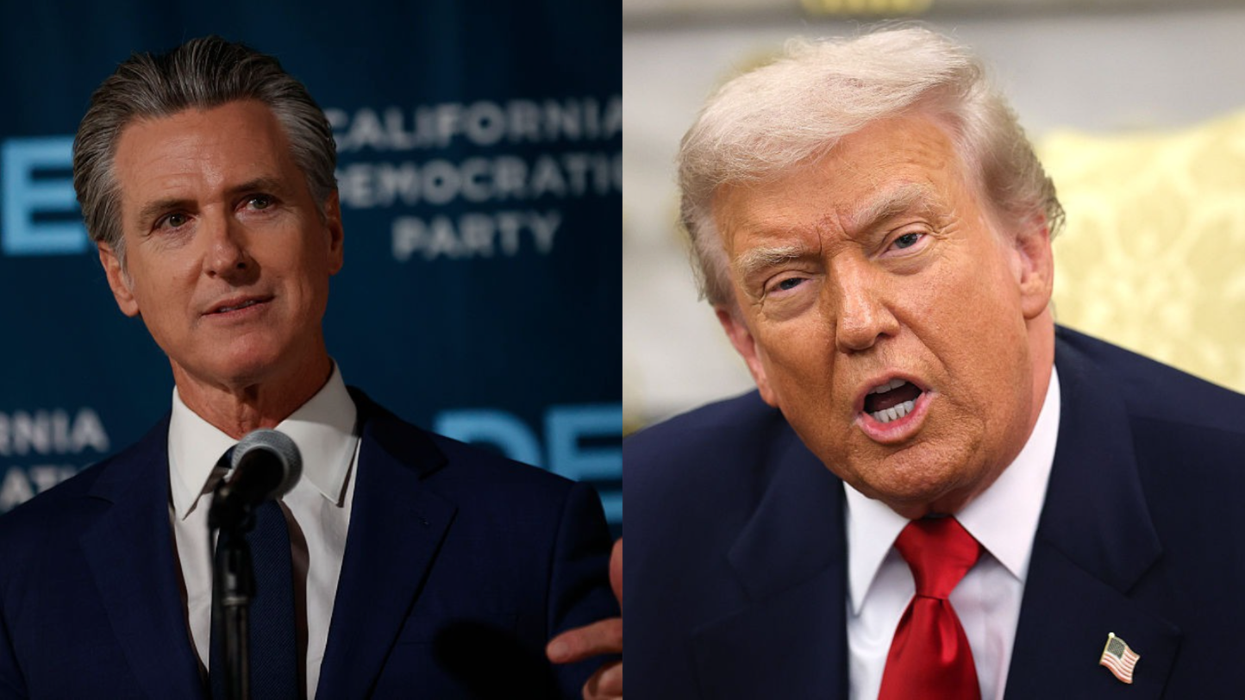

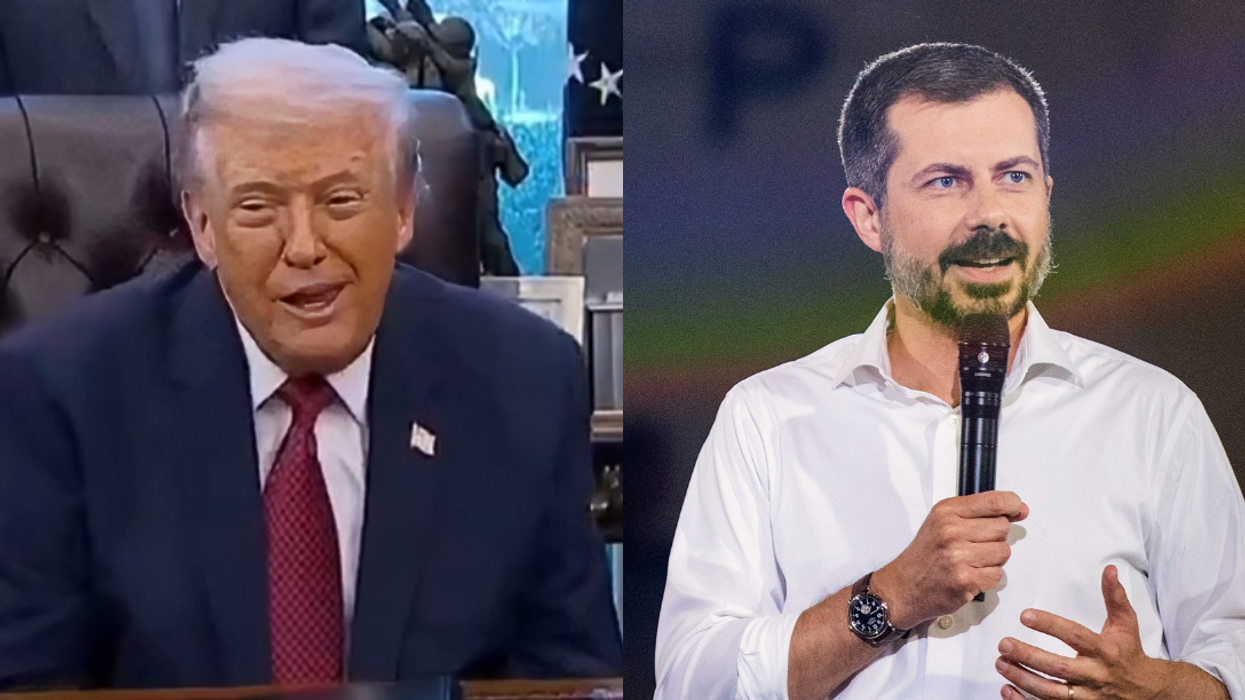
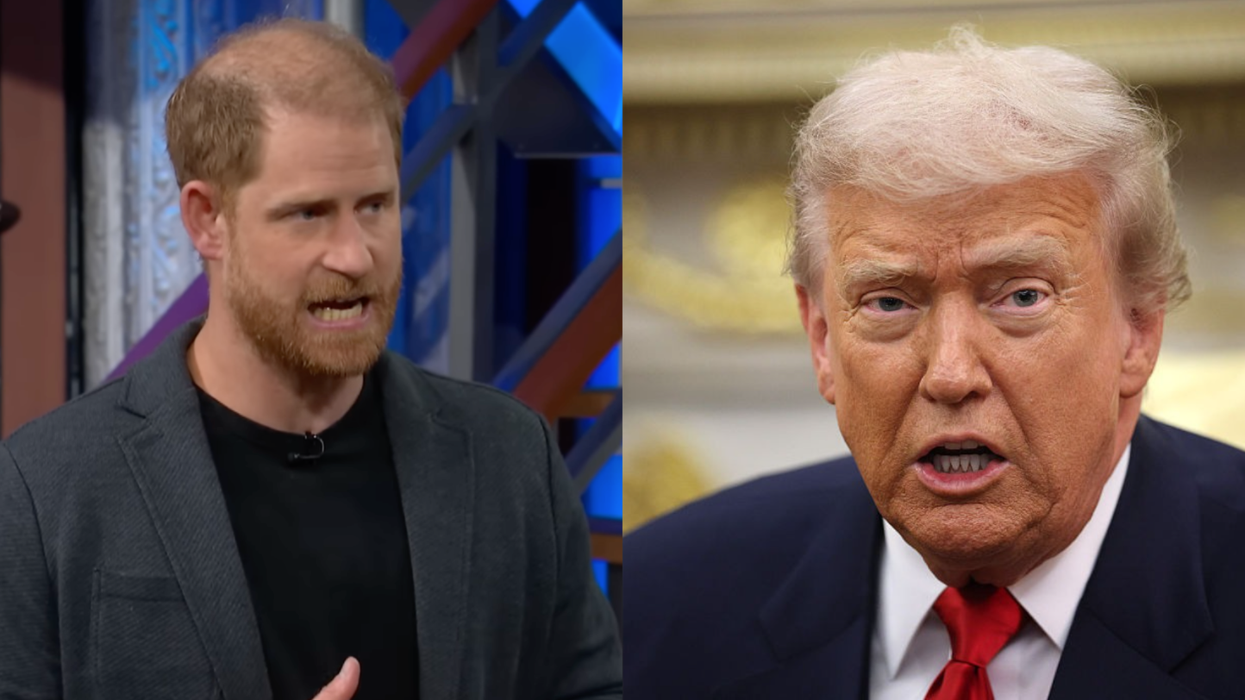


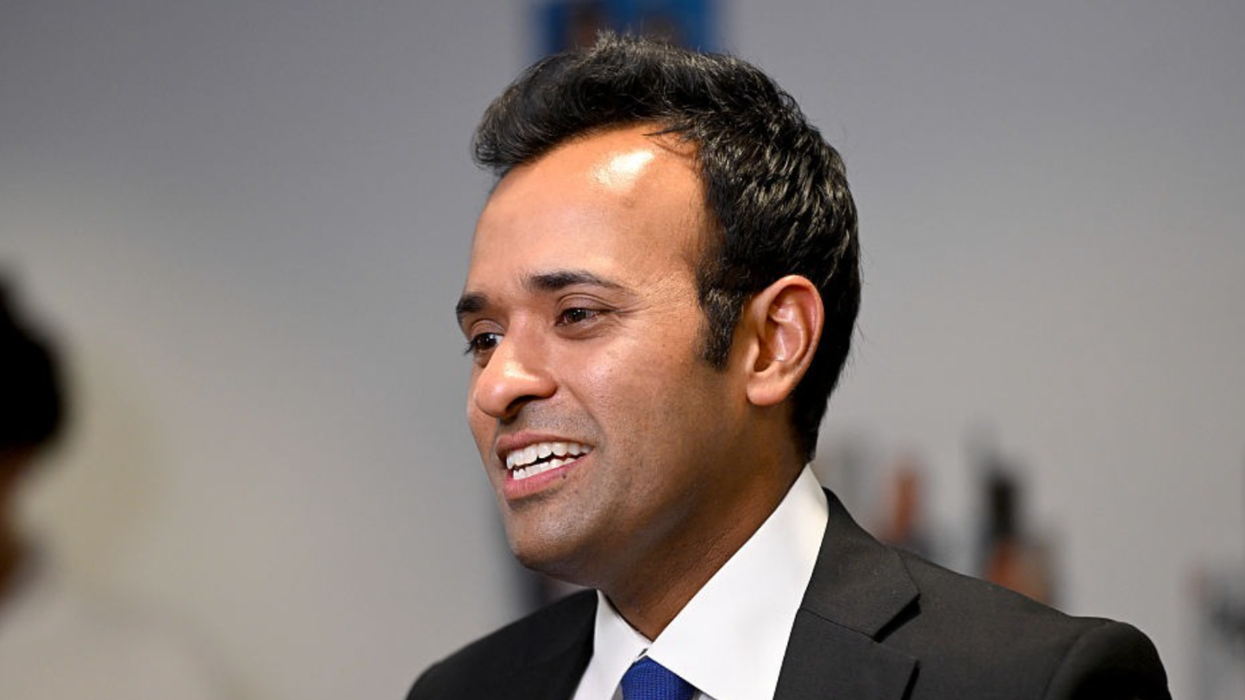
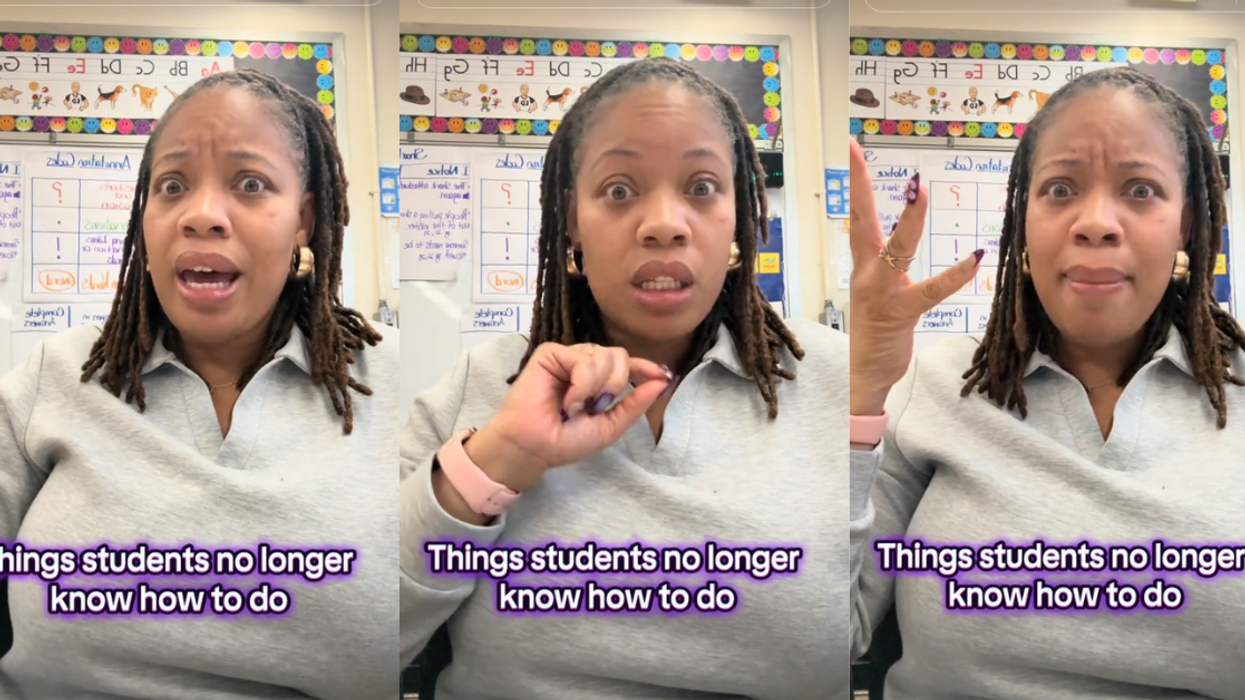
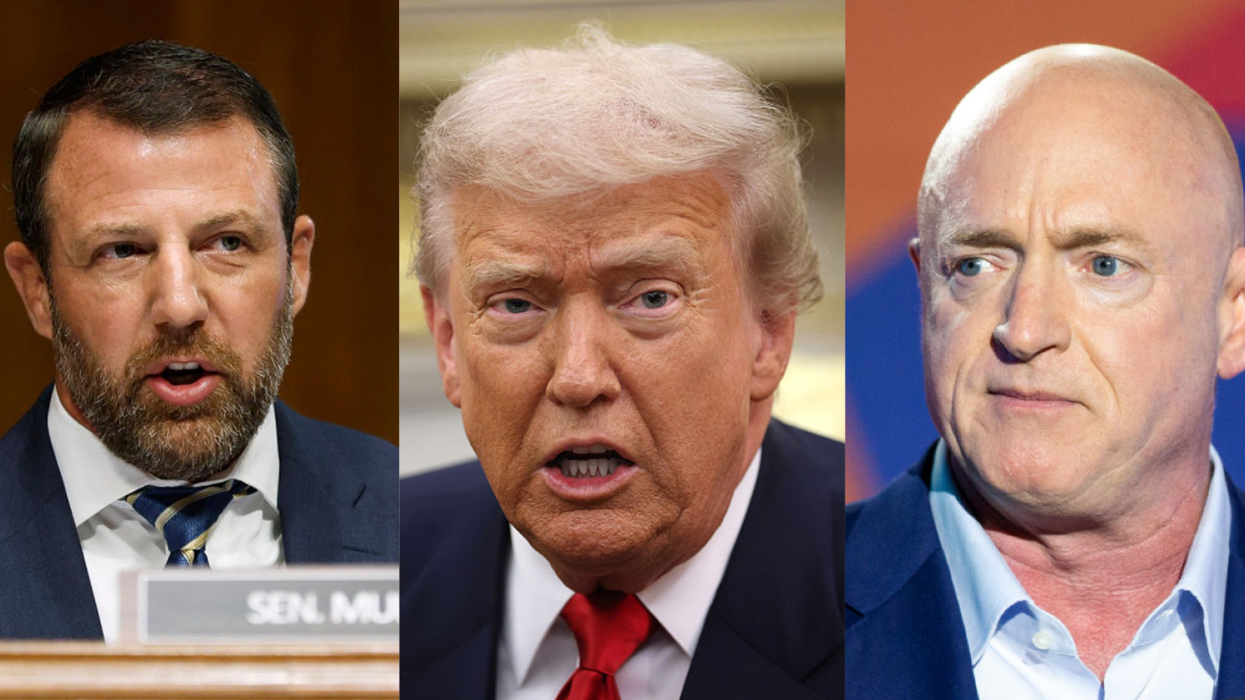
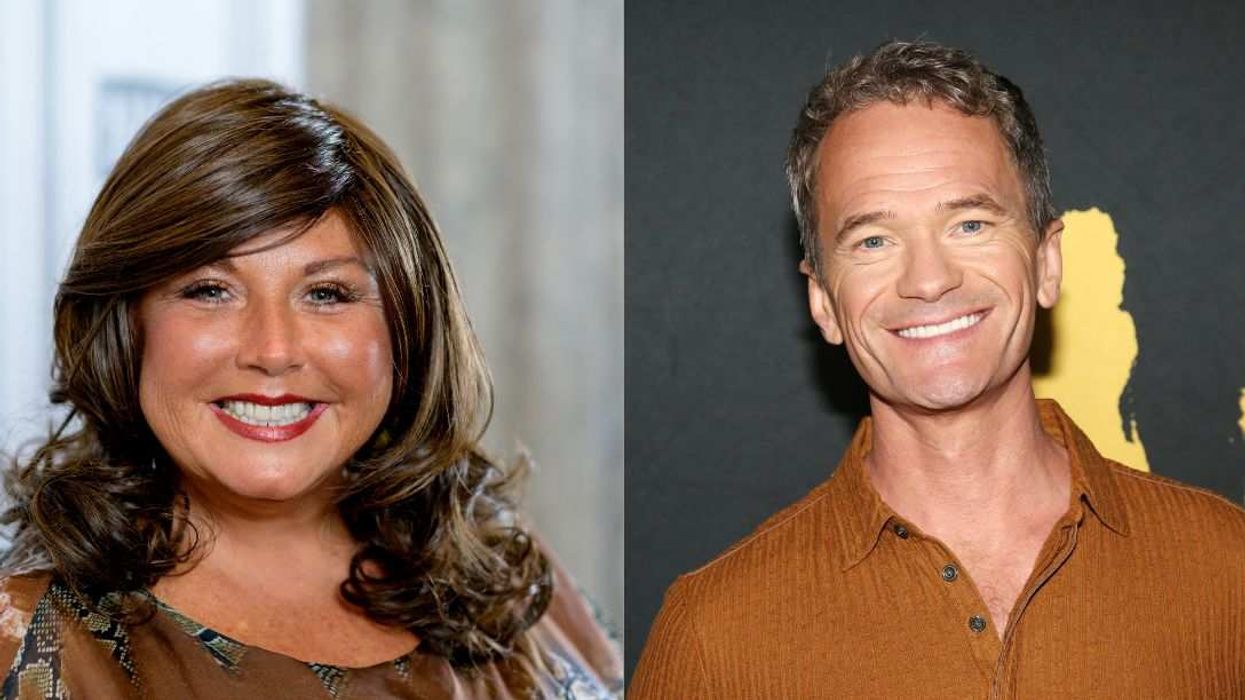

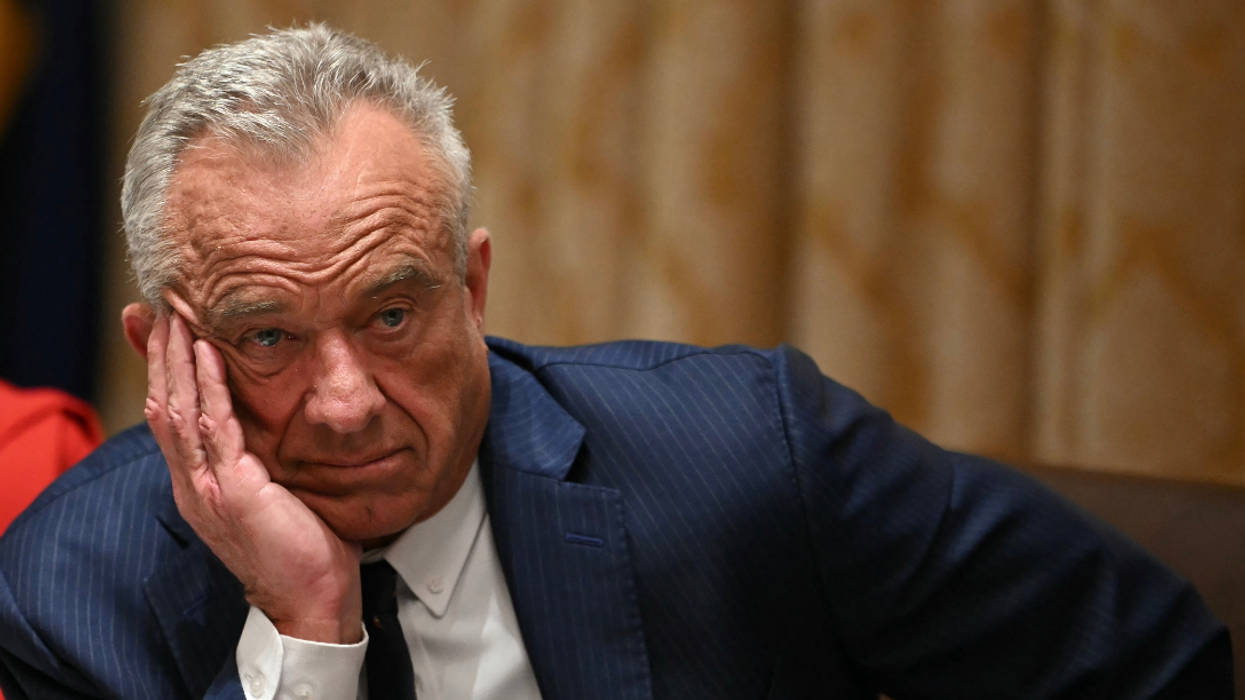

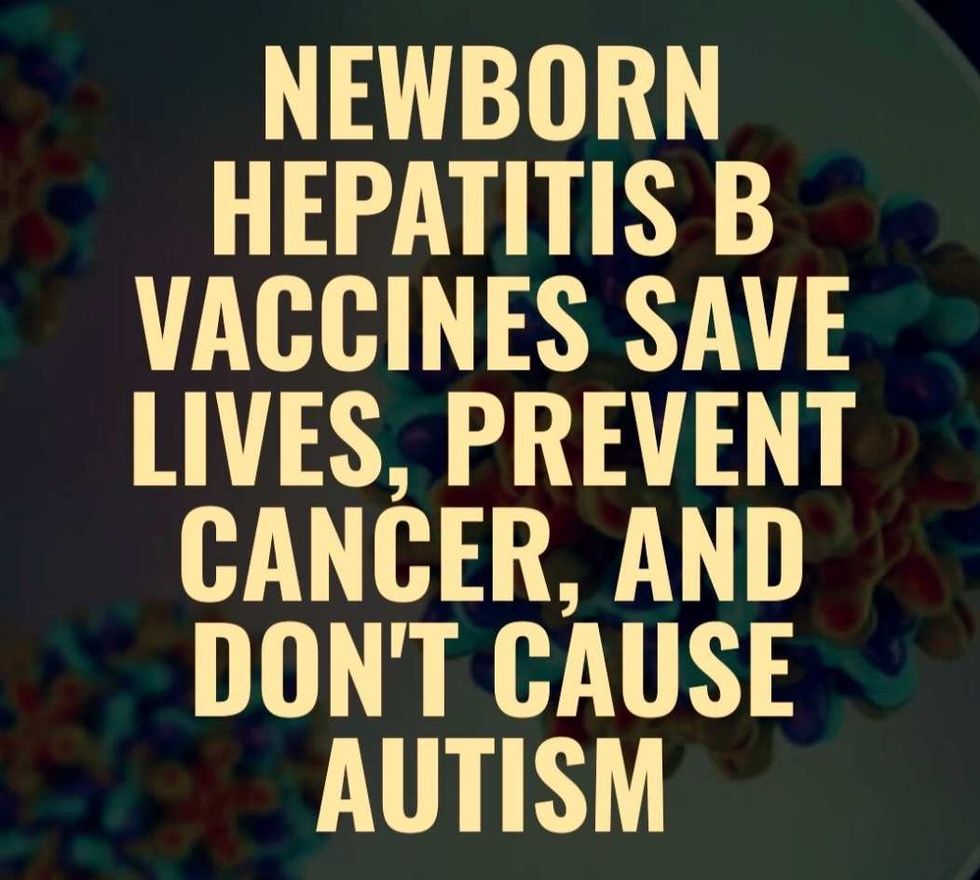 @drandrealove/Bluesky
@drandrealove/Bluesky @thebulwark/Bluesky
@thebulwark/Bluesky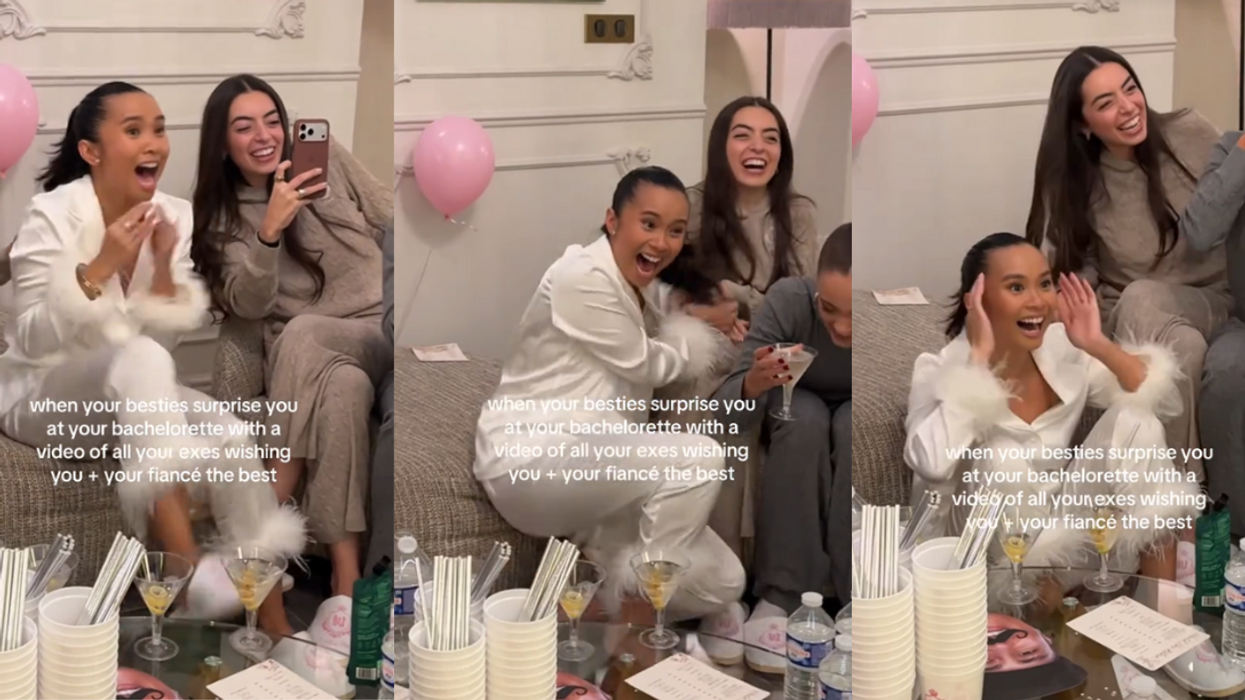
 @monicasanluiss/TikTok
@monicasanluiss/TikTok @monicasanluiss/TikTok
@monicasanluiss/TikTok @monicasanluiss/TikTok
@monicasanluiss/TikTok @monicasanluiss/TikTok
@monicasanluiss/TikTok @monicasanluiss/TikTok
@monicasanluiss/TikTok @monicasanluiss/TikTok
@monicasanluiss/TikTok @monicasanluiss/TikTok
@monicasanluiss/TikTok @monicasanluiss/TikTok
@monicasanluiss/TikTok @monicasanluiss/TikTok
@monicasanluiss/TikTok @monicasanluiss/TikTok
@monicasanluiss/TikTok @monicasanluiss/TikTok
@monicasanluiss/TikTok @monicasanluiss/TikTok
@monicasanluiss/TikTok @monicasanluiss/TikTok
@monicasanluiss/TikTok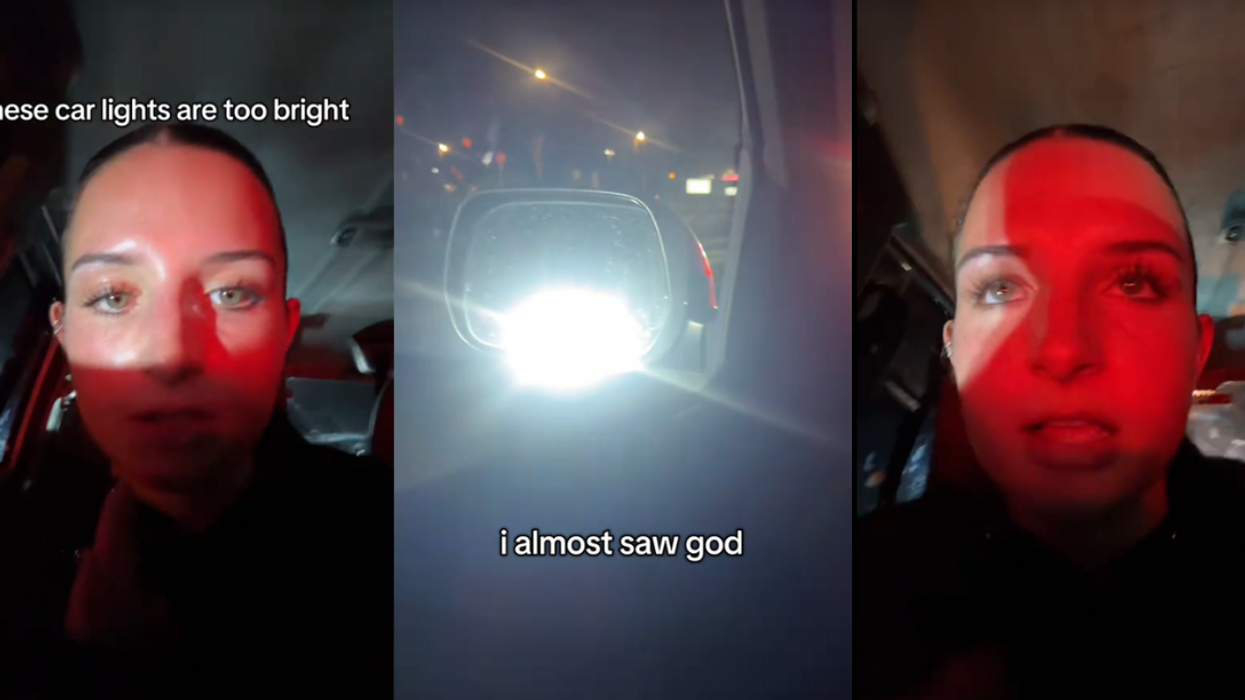
 @alexamcnee/TikTok
@alexamcnee/TikTok @alexamcnee/TikTok
@alexamcnee/TikTok @alexamcnee/TikTok
@alexamcnee/TikTok @alexamcnee/TikTok
@alexamcnee/TikTok @alexamcnee/TikTok
@alexamcnee/TikTok @alexamcnee/TikTok
@alexamcnee/TikTok @alexamcnee/TikTok
@alexamcnee/TikTok @alexamcnee/TikTok
@alexamcnee/TikTok @alexamcnee/TikTok
@alexamcnee/TikTok @alexamcnee/TikTok
@alexamcnee/TikTok @alexamcnee/TikTok
@alexamcnee/TikTok @alexamcnee/TikTok
@alexamcnee/TikTok